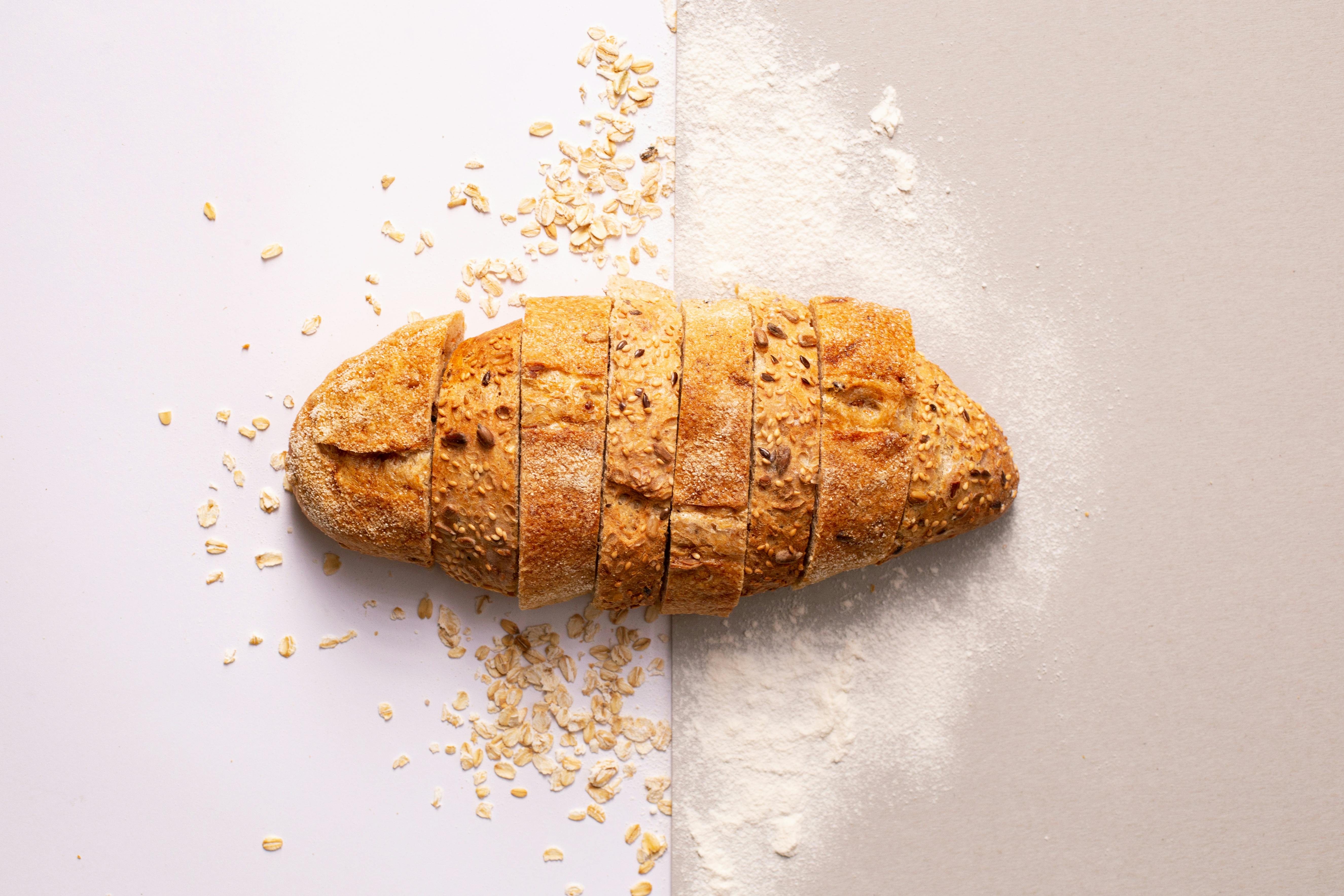The Delicious Mystery Behind Italy’s Many Loaves
You’ve just landed in Italy, and you sit down for your first meal.
The waiter brings bread to the table. You take a bite…
Wait — why is it completely different from the bread you had in Florence yesterday?
Welcome to Italy, where the bread changes with the postcode.
From saltless slices to crunchy crusts, Italy’s bread is as diverse as its dialects. And it’s all on purpose.
Let’s explore why Italian bread tastes different everywhere you go — and why it’s one of the best things about traveling in Italy.
1️⃣ It’s All About the History
Every region has its own food story, shaped by centuries of politics, poverty, geography, and taste.
-
Florence (Tuscany): Bread with no salt — called pane sciocco.
Why? A centuries-old salt tax feud with Pisa. Tuscans adapted, and now their bland bread pairs perfectly with salty prosciutto and pecorino. -
Venice: Bread often has a slightly sweet touch, reflecting Venetian trade history and love of spices and sugar.
-
Naples: Expect flavorful, chewy loaves that hold up to juicy sauces. It’s all about texture and practicality.
2️⃣ The Ingredients Change with the Region
Italy isn’t one big bread basket — it’s 20 regional ones.
-
In the north, where butter and dairy reign, you might find softer rolls and enriched doughs.
-
In the south, where olive oil flows like water, expect crunchy crusts and bold flavors.
-
Coastal towns might use semolina flour for a golden color and a nutty taste.
Even the type of wheat grown nearby makes a difference — from mountain grains to Sicilian durum.
3️⃣ Local Traditions Matter
Some breads are tied to festivals, religion, or ancient customs.
-
Pane di Matera (Basilicata): Made using ancient mother yeast and shaped like a mountain — UNESCO-recognized and 100% delicious.
-
Coppia Ferrarese (Emilia-Romagna): A twisted bread with Protected Geographical Indication (PGI). Crispy, artistic, and never boring.
-
Pane carasau (Sardinia): Thin, crispy, almost like a cracker. Once used by shepherds who needed food that could survive weeks in the mountains.
4️⃣ Some Bread is Made to Be Dipped, Not Eaten Alone
In many regions, bread is never meant to be the star of the show.
Tuscans use it to mop up sauces (fare la scarpetta).
Romans love it with pizza bianca or street food.
Southern Italians turn stale bread into panzanella or bruschetta — waste nothing, flavor everything.
5️⃣ There’s No Such Thing as “Italian Bread”
If you go to a supermarket abroad and see “Italian bread,” it’s usually a lie.
Italy doesn’t have one bread.
It has hundreds — and they’re all worth tasting.
🍽️ Travel Tip: Always Try the Bread
When in a new town or region:
✅ Ask what kind of bread they serve.
✅ Try the local bakery (forno) — even better than restaurants.
✅ Don’t judge it for not being what you’re used to.
Instead, ask: what is this bread trying to say about this place?
🇮🇹 Want to Taste the Real Italy?
Join a food walking tour with Tour Guide Erik — taste your way through the hidden bakeries, stories, and breads that don’t make it to tourist menus.
Follow @baccotours for regional food facts, bite-sized travel tips, and daily reasons to pack your bag and eat more carbs.
Because in Italy, even the bread tells a story.
And no two loaves are ever the same.




